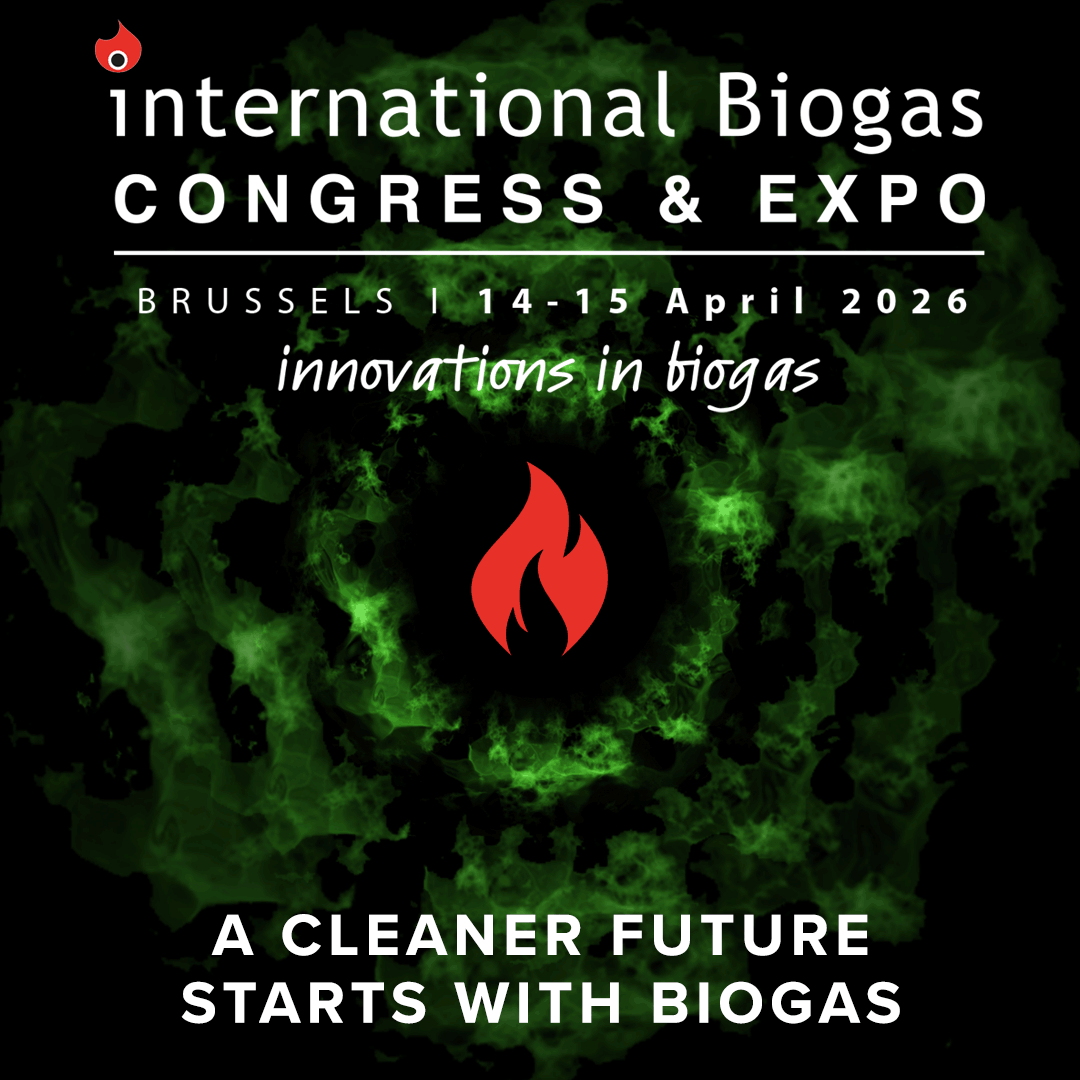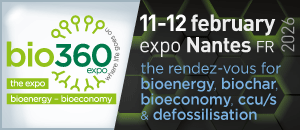WastAway celebrates patent for waste-to-fuel process

The new process patent granted by the US Patent and Trademark Office covers WastAway’s entire technology suite that transforms MSW into clean, negative carbon footprint biofuels and other sustainable products – in about 30 minutes, achieving 85% landfill diversion – said the company.
“We are excited that our entire WastAway process has now been patented, further cementing our position as a leading innovator in the marketplace,” said Mark Brown, CEO of WastAway. “Our proprietary technologies and processes are world-class, and nobody in the industry does what we do.”
WastAway plants process 400 tons of household waste daily.
It begins on the tipping floor, where MSW is prepared for recycling into sustainable fuel.
The biomass goes through a series of grinders, shredders, infrared and AI sorters, air knives and other technologies that remove metals, plastics and glass for recycling.
The remaining MSW is loaded into high-pressure steam technology chambers called Cellulators that transform the primarily plant-based material into consistent, sterile, sustainable feedstock called Cellulate.
Some is used for soil enrichment additives and composite building materials.
The rest of the Cellulate travels into modern, high-tech anaerobic digestors where microbes further breakdown the feedstock, producing massive amounts of renewable natural gas (RNG).
The Cellulate is further processed into sustainable engineered fuel (SE3) that’s better than coal, according to the organisation.
Products include a high-BTU coal replacement and biofuels. These biofuels power a variety of industries, including cement kilns, power plants, steel mills, pulp mills and other solid fuel consumers.
















